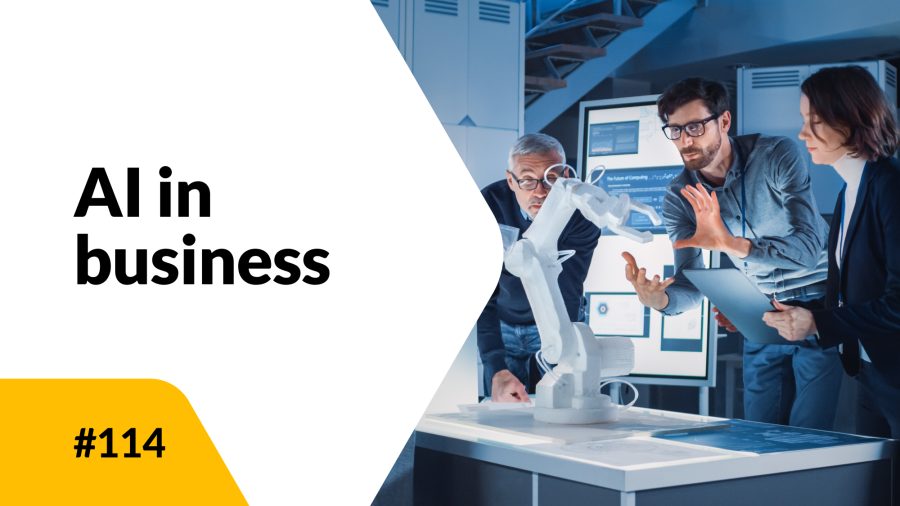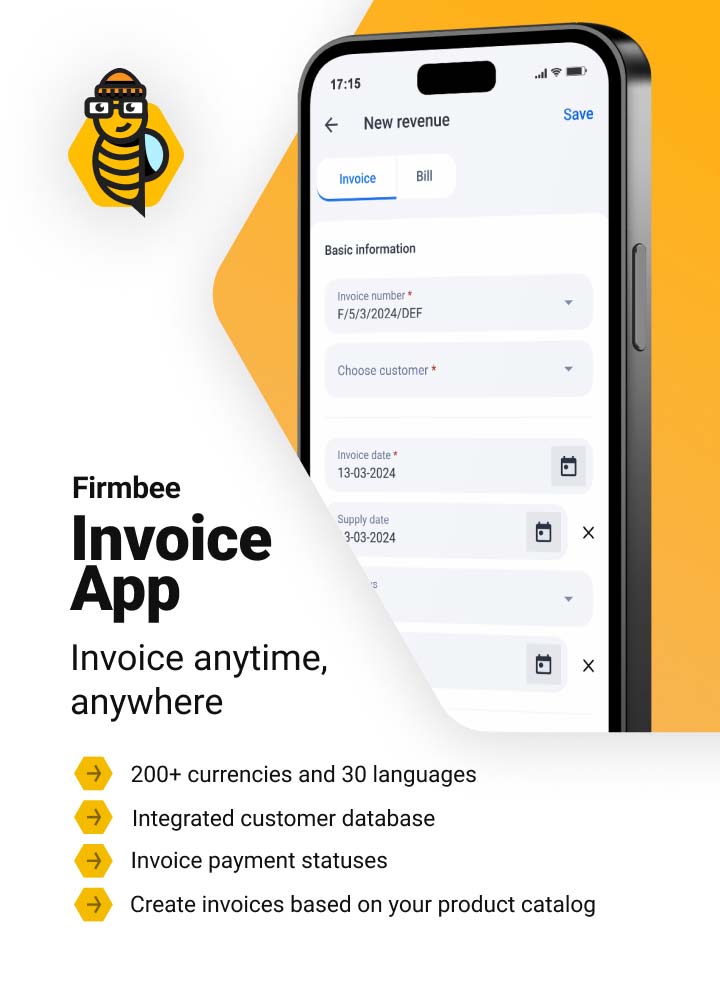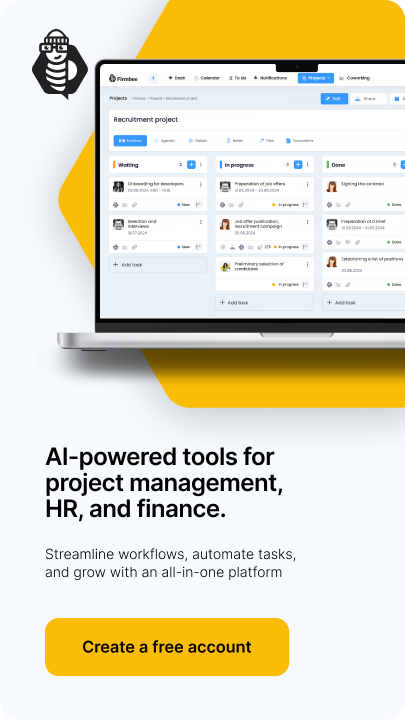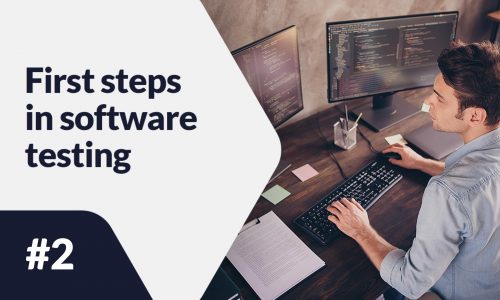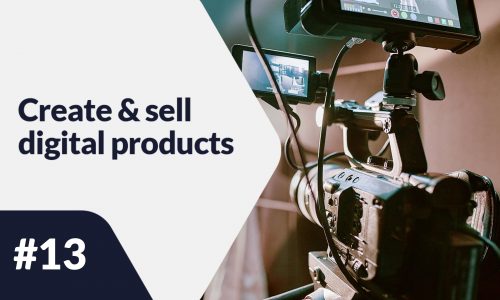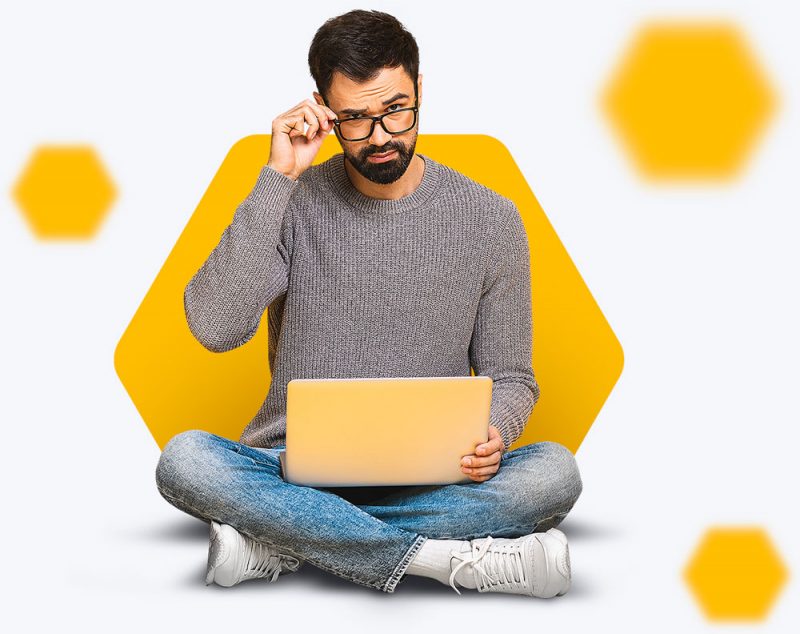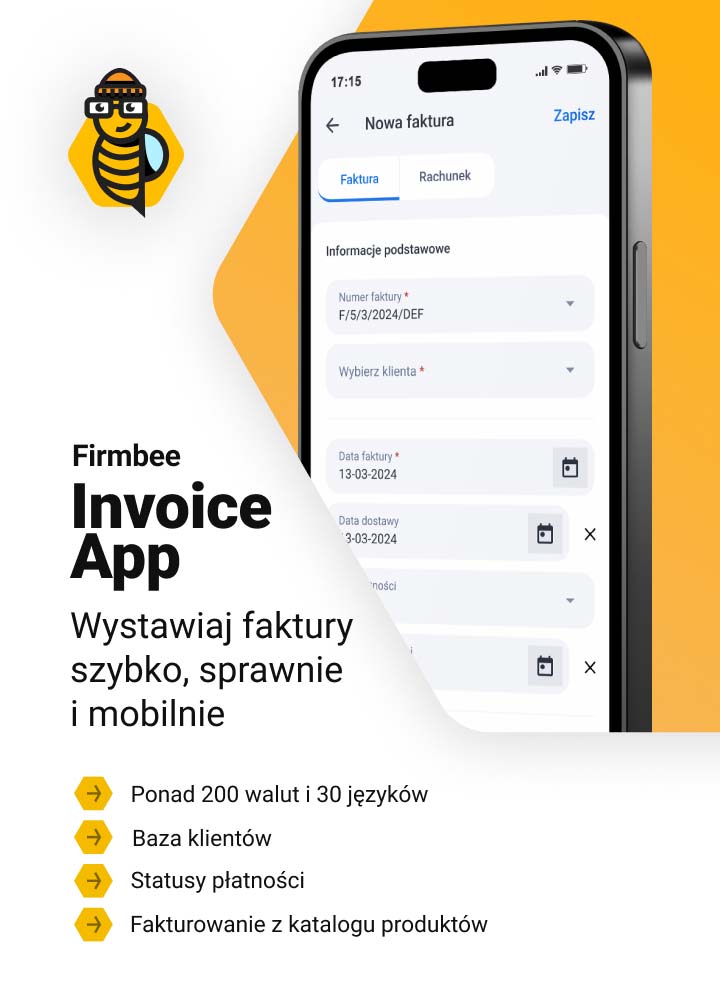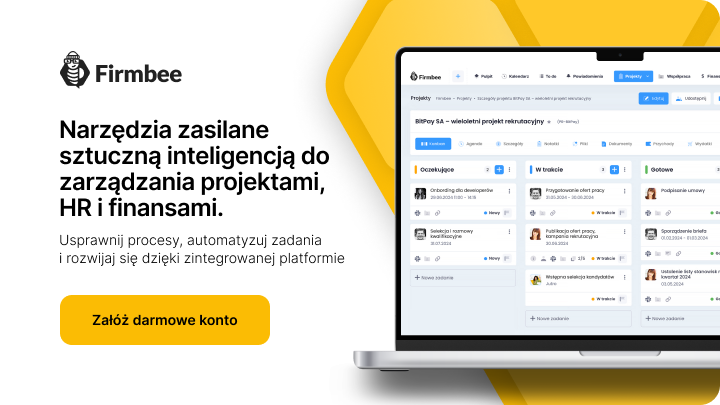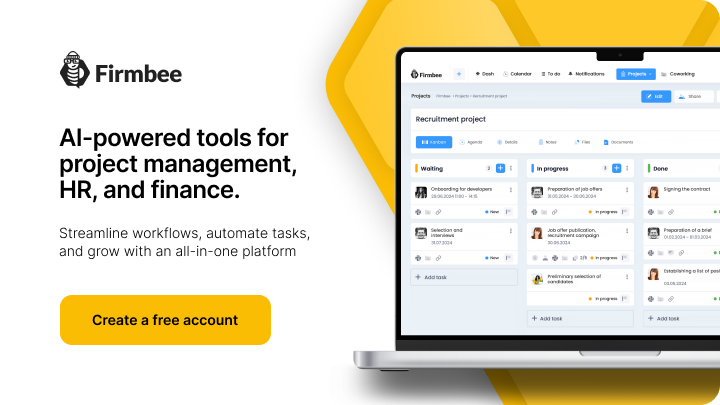Artificial intelligence is transforming the world of influencer marketing. Advanced AI algorithms are creating new opportunities for companies and creators. Brands can match influencers to their campaigns with unprecedented precision, and creators are empowered to build authentic and lasting relationships with communities. Read on to find out more.
AI changing influencer marketing – table of contents
What is influencer marketing and what does AI have to do with it?
Influencer marketing relies on brands working with influencers-individuals with a significant online presence, particularly on social media, who have the ability to shape the opinions and behaviors of their audiences. Traditionally, brands have based this type of collaboration on:
- reach – the number of impressions of content created and published by the influencer,
- number of followers – people who watch the influencer’s social media profiles,
- influencer engagement – the frequency and channels through which they publish.
Thanks to artificial intelligence, the process has become much more advanced and personalized. But the real power of influencer marketing lies in the relationship between creators and their communities. This is where AI comes in, providing tools to deeply analyze these relationships and optimize campaigns.
Let’s start with an example. In 2021, Samsung ran a #TeamGalaxy campaign with influencers who were chosen based on an AI selection. Algorithms analyzed data to find creators that perfectly matched the brand’s image and target audience. The result was a campaign that generated more than 126 million impressions and significantly increased brand awareness (source: https://shortyawards.com/12th/samsung-teamgalaxy).
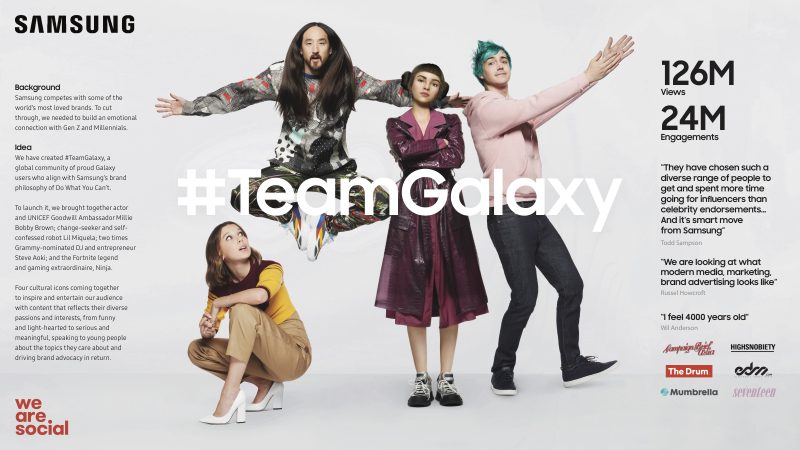
Source: ShortyAwards (https://shortyawards.com/12th/samsung-teamgalaxy)
How can AI help in the selection of influencers?
While choosing the right influencer is a key challenge to a successful campaign, the secret to AI’s success in influencer marketing is its ability to detect subtle patterns and connections that go beyond superficial statistics. AI helps in several ways.
Analyzing the influencer’s audience
AI systems analyze the demographics, location, interests, and engagement of an influencer’s followers. In this way, a brand can accurately determine whether the audience of an influencer overlaps with the target audience of a campaign. One example of a tool that uses this method is HypeAuditor (https://hypeauditor.com/), whose AI algorithms identify ideal influencers for a given audience from more than 138 million accounts on Instagram, YouTube, TikTok, X and Twitch.
Assessing the authenticity and quality of an influencer
Detecting bots, fake followers and artificial engagement is another strength of AI in influencer marketing. For example, NeoReach (https://neoreach.com/) uses an advanced AI engine to analyze profiles for signs of undesirable practices, such as buying followers or fake likes. This allows brands to verify an influencer’s authenticity and reliably assess their true reach.
Matching content and branding
AI not only finds the right influencers, but also analyzes the content they publish to ensure a perfect match with the brand’s image and values. For example, Upfluence (https://www.upfluence.com/) uses machine learning to identify influencers’ categories and topics. The platform’s algorithms identify the topic categories and communication styles that influencers prefer. This is key to keeping communications consistent and building audience trust.

Source: DALL·E 3, prompt: Marta M. Kania (https://www.linkedin.com/in/martamatyldakania/)
AI for influencer marketing
Artificial intelligence not only streamlines the process of selecting influencers but also provides extensive support for the creators themselves. Here’s how AI can help influencers:
- Optimizing content. Artificial intelligence helps analyze engagement, comments, and other signals from audiences to identify the types of content that resonate most with a community. Influencers can then fine-tune their content to maximize effectiveness and reach. For example, a fashion influencer can receive recommendations for video formats or photo styles that generate the most interaction.
- Optimizing publication strategies. AI algorithms can analyze the best publication times, frequency, and content formats to maximize an influencer’s reach and effectiveness.
- Enhancing authenticity. Paradoxically, AI is one of the most powerful tools for maintaining authenticity in the face of increasing commercialization. AI can help strike the right balance by providing insight into audience expectations and suggesting topics that will be perceived as natural and consistent with the influencer’s image.
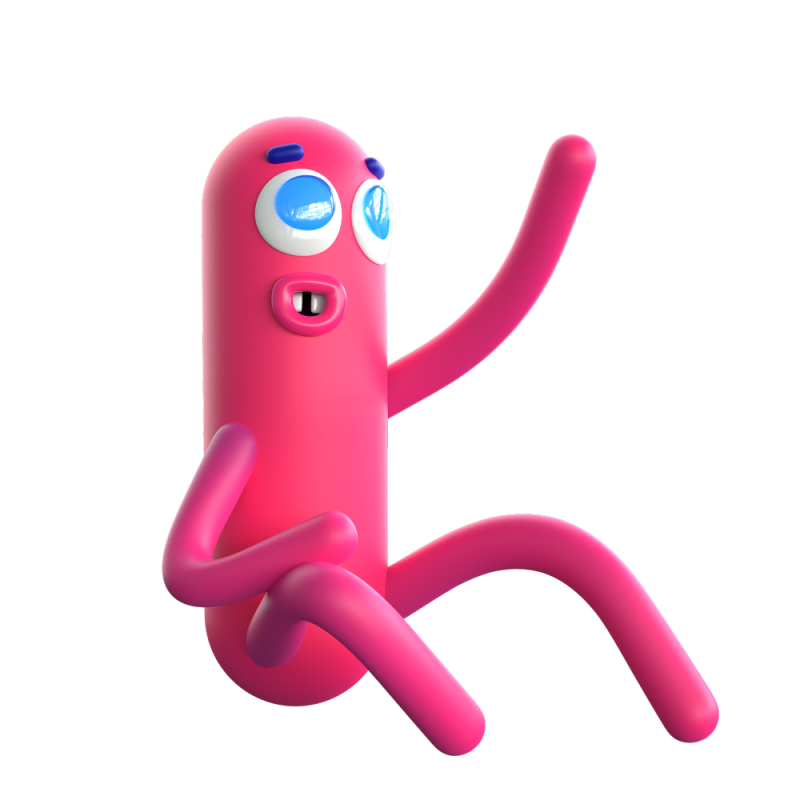
Źródło: Nobody Sausage (https://www.nobodysausage.com/)
Virtual influencers — the vanguard of AI in marketing
The multi-million dollar reach of Barbie, Lu to Magal, Miquela Sousa aka Lil Muquela, or perhaps the story of KFC’s Virtual Colonel, the first virtual influencer created directly by a brand?
Each of these digital characters has a crowd of loyal fans. Barbie, known to all as the fashion doll, was created in 1959 by American businesswoman Ruth Handler. Since then, she has continued to influence the market. While traveling in Europe, Handler saw the German doll Bild Lilli, which inspired her to create the iconic doll that has endured for decades. Barbie is not just a toy – through numerous campaigns with brands such as Xbox and Forever 21, she has become a digital influencer with an impressive reach as evidenced by her followers – 11.4 million subscribers on YouTube, 2.4 million on Instagram and 1.1 million on TikTok (https://theconversation.com/barbie-isnt-just-a-movie-star-now-shes-also-a-virtual-social-media-influencer-207885).
Lu do Magalu, on the other hand, is a virtual influencer who rose to fame as the spokesperson for Magalu, one of Brazil’s largest retail companies. It was created to interact with customers and to help improve the online experience when shopping. With more than 24 million fans on various social media platforms, Lu demonstrates how virtual characters can effectively support brands by sharing unboxing videos, product tips and news.
Lil Miquela, also known as Miquela Sousa, is a model and fashion icon who rose to fame as a virtual robot. Created by Los Angeles-based Brud, she made her debut on Instagram in April 2016. Miquela, who has worked with luxury fashion brands such as Prada, Dior and Calvin Klein, has amassed more than 2.6 million followers on Instagram, demonstrating that virtual characters can have a real impact on the fashion industry and social issues.
Colonel from KFC is a virtual character that has appeared as part of a campaign by the well-known fast food chain. While he doesn’t have the reach of other virtual characters, this is an interesting attempt by the brand to create a virtual influencer that shows the variety of ways they can be used in marketing.
Summary and future prospects of influencer marketing
Fully digital characters and the ability to use AI to clone the look and voice of real people open up new possibilities for creative expression and brand personalization.
The future of influencer marketing is seen as a symbiosis of human creativity and the power of artificial intelligence. Brands that effectively leverage this technology will gain an advantage in building deeper relationships with consumers.
However, this future comes with some ethical challenges. Brands and influencers need to ensure transparency, privacy and responsible use of AI. They can do this, for example, by informing audiences about the use of generated characters and the use of celebrity pictures, which needs to be clarified in the age of deep fakes.

If you like our content, join our busy bees community on Facebook, Twitter, LinkedIn, Instagram, YouTube, Pinterest, TikTok.
Author: Robert Whitney
JavaScript expert and instructor who coaches IT departments. His main goal is to up-level team productivity by teaching others how to effectively cooperate while coding.
AI in business:
- Threats and opportunities of AI in business (part 1)
- Threats and opportunities of AI in business (part 2)
- AI applications in business - overview
- AI-assisted text chatbots
- Business NLP today and tomorrow
- The role of AI in business decision-making
- Scheduling social media posts. How can AI help?
- Automated social media posts
- New services and products operating with AI
- What are the weaknesses of my business idea? A brainstorming session with ChatGPT
- Using ChatGPT in business
- Synthetic actors. Top 3 AI video generators
- 3 useful AI graphic design tools. Generative AI in business
- 3 awesome AI writers you must try out today
- Exploring the power of AI in music creation
- Navigating new business opportunities with ChatGPT-4
- AI tools for the manager
- 6 awesome ChatGTP plugins that will make your life easier
- 3 grafików AI. Generatywna sztuczna inteligencja dla biznesu
- What is the future of AI according to McKinsey Global Institute?
- Artificial intelligence in business - Introduction
- What is NLP, or natural language processing in business
- Automatic document processing
- Google Translate vs DeepL. 5 applications of machine translation for business
- The operation and business applications of voicebots
- Virtual assistant technology, or how to talk to AI?
- What is Business Intelligence?
- Will artificial intelligence replace business analysts?
- How can artificial intelligence help with BPM?
- AI and social media – what do they say about us?
- Artificial intelligence in content management
- Creative AI of today and tomorrow
- Multimodal AI and its applications in business
- New interactions. How is AI changing the way we operate devices?
- RPA and APIs in a digital company
- The future job market and upcoming professions
- AI in EdTech. 3 examples of companies that used the potential of artificial intelligence
- Artificial intelligence and the environment. 3 AI solutions to help you build a sustainable business
- AI content detectors. Are they worth it?
- ChatGPT vs Bard vs Bing. Which AI chatbot is leading the race?
- Is chatbot AI a competitor to Google search?
- Effective ChatGPT Prompts for HR and Recruitment
- Prompt engineering. What does a prompt engineer do?
- AI Mockup generator. Top 4 tools
- AI and what else? Top technology trends for business in 2024
- AI and business ethics. Why you should invest in ethical solutions
- Meta AI. What should you know about Facebook and Instagram's AI-supported features?
- AI regulation. What do you need to know as an entrepreneur?
- 5 new uses of AI in business
- AI products and projects - how are they different from others?
- AI-assisted process automation. Where to start?
- How do you match an AI solution to a business problem?
- AI as an expert on your team
- AI team vs. division of roles
- How to choose a career field in AI?
- Is it always worth it to add artificial intelligence to the product development process?
- AI in HR: How recruitment automation affects HR and team development
- 6 most interesting AI tools in 2023
- 6 biggest business mishaps caused by AI
- What is the company's AI maturity analysis?
- AI for B2B personalization
- ChatGPT use cases. 18 examples of how to improve your business with ChatGPT in 2024
- Microlearning. A quick way to get new skills
- The most interesting AI implementations in companies in 2024
- What do artificial intelligence specialists do?
- What challenges does the AI project bring?
- Top 8 AI tools for business in 2024
- AI in CRM. What does AI change in CRM tools?
- The UE AI Act. How does Europe regulate the use of artificial intelligence
- Sora. How will realistic videos from OpenAI change business?
- Top 7 AI website builders
- No-code tools and AI innovations
- How much does using AI increase the productivity of your team?
- How to use ChatGTP for market research?
- How to broaden the reach of your AI marketing campaign?
- "We are all developers". How can citizen developers help your company?
- AI in transportation and logistics
- What business pain points can AI fix?
- Artificial intelligence in the media
- AI in banking and finance. Stripe, Monzo, and Grab
- AI in the travel industry
- How AI is fostering the birth of new technologies
- The revolution of AI in social media
- AI in e-commerce. Overview of global leaders
- Top 4 AI image creation tools
- Top 5 AI tools for data analysis
- AI strategy in your company - how to build it?
- Best AI courses – 6 awesome recommendations
- Optimizing social media listening with AI tools
- IoT + AI, or how to reduce energy costs in a company
- AI in logistics. 5 best tools
- GPT Store – an overview of the most interesting GPTs for business
- LLM, GPT, RAG... What do AI acronyms mean?
- AI robots – the future or present of business?
- What is the cost of implementing AI in a company?
- How can AI help in a freelancer’s career?
- Automating work and increasing productivity. A guide to AI for freelancers
- AI for startups – best tools
- Building a website with AI
- OpenAI, Midjourney, Anthropic, Hugging Face. Who is who in the world of AI?
- Eleven Labs and what else? The most promising AI startups
- Synthetic data and its importance for the development of your business
- Top AI search engines. Where to look for AI tools?
- Video AI. The latest AI video generators
- AI for managers. How AI can make your job easier
- What’s new in Google Gemini? Everything you need to know
- AI in Poland. Companies, meetings, and conferences
- AI calendar. How to optimize your time in a company?
- AI and the future of work. How to prepare your business for change?
- AI voice cloning for business. How to create personalized voice messages with AI?
- Fact-checking and AI hallucinations
- AI in recruitment – developing recruitment materials step-by-step
- Midjourney v6. Innovations in AI image generation
- AI in SMEs. How can SMEs compete with giants using AI?
- How is AI changing influencer marketing?
- Is AI really a threat to developers? Devin and Microsoft AutoDev
- AI chatbots for e-commerce. Case studies
- Best AI chatbots for ecommerce. Platforms
- How to stay on top of what's going on in the AI world?
- Taming AI. How to take the first steps to apply AI in your business?
- Perplexity, Bing Copilot, or You.com? Comparing AI search engines
- ReALM. A groundbreaking language model from Apple?
- AI experts in Poland
- Google Genie — a generative AI model that creates fully interactive worlds from images
- Automation or augmentation? Two approaches to AI in a company
- LLMOps, or how to effectively manage language models in an organization
- AI video generation. New horizons in video content production for businesses
- Best AI transcription tools. How to transform long recordings into concise summaries?
- Sentiment analysis with AI. How does it help drive change in business?
- The role of AI in content moderation
